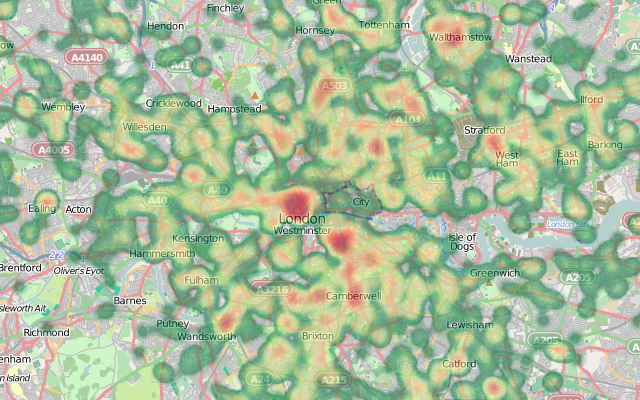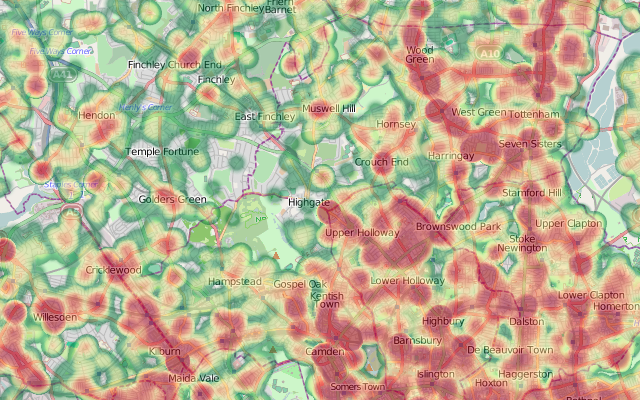
Dr Martin Austwick and I, here at UCL CASA, have been working on an animation of the Barclays Cycle Hire bikes (aka Boris Bikes) in London, based on the historical flow information that was released by Transport for London (TfL) last month.
Taking one of the busiest days of the scheme – the 4th of October last year, a Monday which coincided with a London Underground strike – Martin has created an animation showing pulsing blobs, or motes, representing the bikes, moving through the 18 hours of the day that the data is available for. As each hire is made, the docking station dot flashes red, and and blue trail starts to leave it, heading towards the destination dock which flashes yellow as it receives a bike.
At the rush-hour peaks (08:45 and 17:45) the map becomes a sea of a 1000 blue pulses, many congregating on a number of key routes in London. The few bridges across River Thames can be picked out as intense bars of light, as commuters travel between Waterloo/South Bank and the City/West End. Hyde Park (middle left) and Regents Park (top left) are noticeable from having few docks in their area, and only a few bikes crossing them. The east seems busier than the west, as the City workers typically commute to work earlier and so dominate the scheme on strike day.
Martin’s used Processing, a rich Java graphics library, to create the animation, which has been then output to video. This allows the up-to-1000 bikes to be animated smoothly and effectively.
The bikes are in official Barclays Blue, although if you don’t view the video in HD, they look slightly washed out. Watch the video on the Vimeo website in HD, although you’ll need a fast computer and a broadband connection.
 The routing is done based on the OpenStreetMap data for central London. I used Routino to do the routing, producing a routing file for each of the 137,000 possible journeys between docks in London. The routing is directed, meaning the bikes won’t cycle the wrong way down a one-way street. They also generally avoid trunk roads, such as Euston Road, preferring to use the quieter roads and dedicated cycle lanes nearby. Being able to use the new cycling infrastructure in the routing, is one big advantage of using OpenStreetMap.
The routing is done based on the OpenStreetMap data for central London. I used Routino to do the routing, producing a routing file for each of the 137,000 possible journeys between docks in London. The routing is directed, meaning the bikes won’t cycle the wrong way down a one-way street. They also generally avoid trunk roads, such as Euston Road, preferring to use the quieter roads and dedicated cycle lanes nearby. Being able to use the new cycling infrastructure in the routing, is one big advantage of using OpenStreetMap.
A disadvantage is where the routing is wrong. For example, access from the Embankment is not shown correctly. Another problem was the reluctance to cross Trafalgar Square in the centre of the city. This meant I had to move a couple of the docking stations slightly. An example of the latter is shown in the picture here. These quirks, and a few others, result in some bikes flying around the animation extremely fast, as the router sends them a mile up in one direction, around a roundabout, and back down in the other direction. The speeds of the bikes are based on the duration information for the journey, which is included in the data, so they start and finish at the right time.
The routing is the “best guess” route, based on the assumption that the majority of cycle users will know the “best” route to take. Casual and multi-stop use will be less accurately shown. Bikes which are returned to the same docking station they started from, are shown “orbiting” the dock for four times, before returning to it.
The work follows on from a recent animation showing the TfL buses in London, by Anil Bawa-Cavia, also here at the UCL Centre for Advanced Spatial Analysis in London.


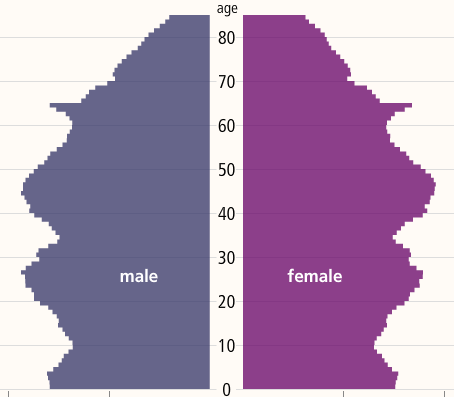
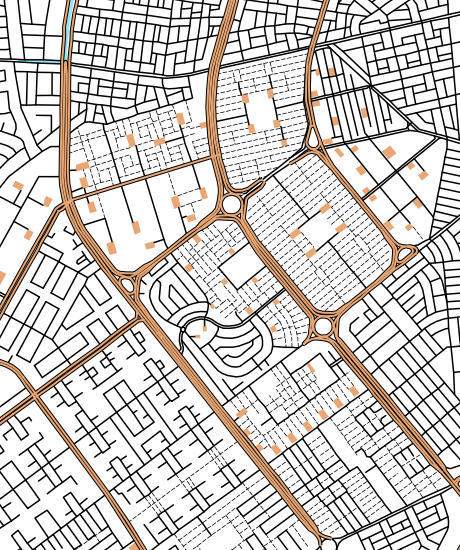
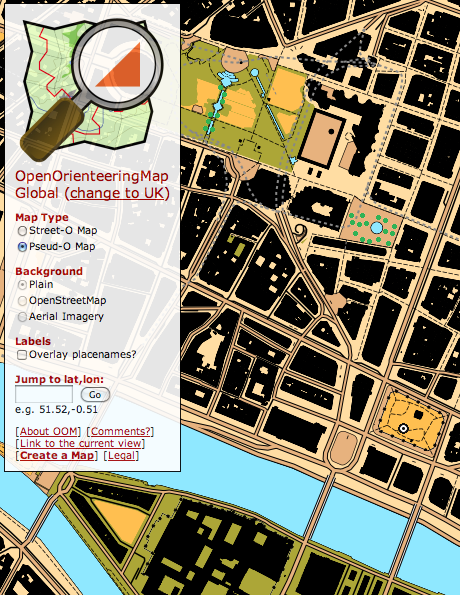

 The routing is done based on the
The routing is done based on the 